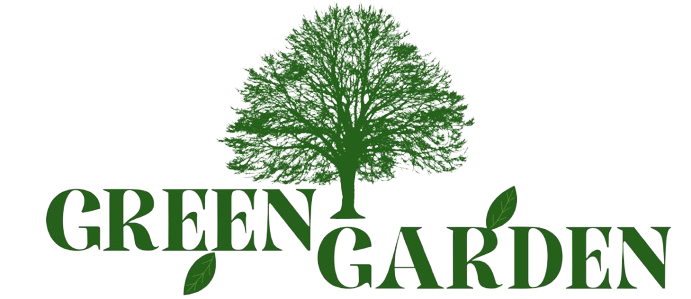Understanding Poison Hemlock
Commonly known as poison hemlock, Conium maculatum is a highly toxic biennial plant that can reach heights of 2-3 meters (6-10 feet). Frequently found flourishing along roadsides, within fields, or even in private gardens, this plant may seem benign at first glance, but it poses serious risks if ingested or mishandled. Identifying its features and understanding its dangers is crucial for preventing accidental poisoning.

Characteristics of Poison Hemlock
Belonging to the carrot family (Apiaceae), poison hemlock is known for its hollow, smooth stems, which are often marked with distinctive purple or red blotches. The leaves are finely divided and resemble ferns, releasing an unpleasant smell when crushed. At the height of summer, it produces small clusters of white flowers, sometimes mistaken for the harmless Queen Anne’s lace.
Why Poison Hemlock is So Dangerous
This plant contains numerous potent alkaloids, particularly coniine and gamma-coniceine, which have a profound impact on the nervous system. Just a small quantity can lead to severe poisoning—or worse—resulting in paralysis and respiratory failure. Both humans and animals, including livestock and pets, are highly susceptible to its toxic effects.
Symptoms of Poison Hemlock Poisoning
If exposure occurs, symptoms can arise within 30 minutes to a few hours and may include:
- Nausea and vomiting
- Excessive salivation
- Confusion and dizziness
- Muscle weakness and paralysis that often starts in the legs
- Difficulty breathing, potentially leading to respiratory failure
If poisoning is suspected, seeking immediate medical assistance is crucial.
Identifying Poison Hemlock
To safely identify poison hemlock, look for the following characteristic features:
- Stems: Hollow and smooth, often displaying purple or red spots
- Leaves: Lacy and fern-like with a distinctive foul odor when crushed
- Flowers: Small and white, growing in umbrella-shaped clusters
- Height: Generally ranges from 2-3 meters (6-10 feet) tall
- Location: Grows in disturbed soils, roadsides, and fields
Note: Avoid direct contact as the plant’s toxins can penetrate the skin.
Distinguishing Poison Hemlock from Similar Plants
It’s crucial to differentiate poison hemlock from look-alikes:
- Queen Anne’s Lace (Daucus carota): Features hairy stems and lacks purple spots.
- Cow Parsnip (Heracleum maximum): Notable for its larger flowers and broader leaves.
If you’re uncertain about a plant’s identity, it’s best to refrain from handling it.
Tips for Safe Handling and Removal
Should you encounter poison hemlock, adhere to the following safety guidelines:
- Avoid Direct Contact: Always wear gloves and protective clothing when dealing with this plant.
- Do Not Burn: The smoke produced from burning poison hemlock is toxic if inhaled.
- Seek Professional Assistance: Contact local authorities or experts for safe removal.
- Keep Children and Pets Safe: Ensure they remain away from areas where this plant grows.
Preventing Accidental Poisoning
To reduce the risk of poisoning from the plant:
- Educate Yourself and Others: Learn how to identify poison hemlock and share this knowledge.
- Avoid Foraging: Only forage for wild plants if you can positively identify them.
- Regular Inspections: Periodically check your property for the presence of this dangerous plant.
- Teach Safety: Inform children about the risks of touching or picking unknown plants.
Historical Significance
Poison hemlock is infamous for its role in ancient Greece, where it was used to execute prisoners, including the notable philosopher Socrates. Its history is steeped in stories of its neurotoxic effects, making it a plant of both fear and fascination.
Natural Habitats and Spread
Originally native to Europe and North Africa, poison hemlock has since spread to North America, Australia, and other temperate regions. It thrives in moist, well-drained soils often found near water sources or in disturbed areas.
Important Reminder
This information serves as a guide and should not replace professional or medical advice. If you suspect exposure to poison hemlock, seek immediate medical attention and always consult experts for assistance with plant removal or handling.
Poison hemlock is a deceptively dangerous plant that poses serious threats to both humans and animals. By familiarizing yourself with its characteristics and learning safe management practices, you can effectively protect yourself and those around you from its toxic impacts. Stay informed, vigilant, and proactive!


https://t.me/s/BEeFCASiNO_OffiCiAlS